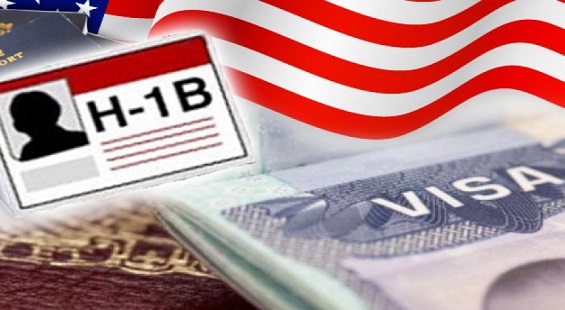Laid-off H-1B workers can stay in US beyond 60 days

In a major relief to laid off techies on H-1B visas for highly skilled foreign workers, including thousands of Indians, the USCIS has clarified that they can stay in the US beyond the grace period of 60 days.
The clarification comes in the wake of significant job cuts by prominent companies such as Google, Tesla, and Walmart, which have had a profound impact on thousands of H-1B visa holders. A total of 237 tech companies have laid off 58,499 employees in 2024, according to latest available figures.
READ: USCIS selects more than 114,000 in initial H-1B cap selection for FY 2025 (April 30, 2024)
“When non-immigrant workers are laid off, they may not be aware of their options and, in some cases, may wrongly assume that they have no option but to leave the country within 60 days,” USCIS noted in its latest guidelines.
However, on the termination of a non-immigrant worker’s employment, whether voluntary or involuntary, they have several options to maintain a period of authorized stay in the United States:
If these options are availed off within the 60-day grace period, the non-immigrant’s authorized stay in the United States can surpass 60 days, even if they lose their previous nonimmigrant status.
READ: New beneficiary-centric approach likely to cut number of H-1B registrations by half (March 5, 2024)
However, if no action is taken within the grace period, the worker and their dependents may be required to leave the United States within 60 days or by the end of their authorized validity period, whichever comes first.
A non-immigrant’s status is usually based on an approved Form I-129, Petition for a Nonimmigrant Worker, or a subsequently approved Form I-539, Application to Extend/Change Nonimmigrant Status, after admission.
The period of authorized stay generally includes the time during which a timely filed nonfrivolous petition or application requesting an extension of stay or change of status is pending with USCIS.
READ: Glitch in H-1B registration system causes concern among immigration attorneys (March 8, 2024)
When an H-1B visa holder faces termination, they have a few options to examine before considering the last resort, i.e. leaving the US.
1. Filing an application for a change of nonimmigrant status
2. Filing an application for adjustment of status
3. Filing an application for a “compelling circumstances” employment authorisation document
READ: USCIS set to hold H-1B lottery with initial registration closed (March 27, 2024)
4. Becoming the beneficiary of a nonfrivolous petition to change employer
Trying one of these actions within the grace period can prolong their authorised stay, even if they lose their previous nonimmigrant status.
5. Moreover, eligible H-1B nonimmigrants can commence employment with a new employer as soon as a new H-1B petition is filed. The adjustment of the status application can be transferred to a new job offer after 180 days of pending status.
READ: USCIS extends FY 2025 H-1B cap registration period till March 25 (March 21, 2024)
6. Another alternative that the visa holders can go for is filing a non-frivolous application to change status, which can halt the accrual of unlawful presence until the final decision is released. This includes transitioning to dependent status, student status, or visitor status.
7. Workers eligible for self-petitioned immigrant visa petitions can subsequently file with an adjustment of status application. Pending adjustment applications enable workers to remain in the U.S. and secure an Employment Authorisation Document (EAD).
8. Individuals who are beneficiaries of approved employment-based immigrant visa petitions and are facing compelling circumstances may qualify for a one-year EAD. This discretionary measure empowers workers to sustain employment while progressing towards lawful permanent resident status.
9. Certain situations may necessitate expedited approval, particularly in cases involving preventing severe financial loss.
While workers may opt to depart from the US, USCIS suggested a thorough consideration of their options, including employer obligations and potential readmission. Understanding these options is important for H-1B visa holders struggling with layoffs to make well-informed decisions.
READ: Now you can renew H-1B visa in US (February 6, 2024)

